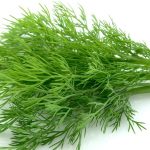
You might have seen fennel in the produce section of your market without knowing what exactly it was. Fennel is a fragrant bulb that can be a food lover’s dream ingredient, because it has a refreshing taste, similar to anise or licorice, and pairs well with other ingredients to create gourmet dishes. Many cooks miss out because they aren’t sure how to prepare it, especially when it’s sold with its long feathery leaves intact. But fennel is surprisingly easy to prepare and can be enjoyed raw as well as lightly sauteed, or even slow-cooked as a soup or stew flavoring. Fennel bulbs come in male and female types. The female bulbs are rounder and also sweeter. Both work equally well in this salad with tomatoes and cumin seeds. It calls for trimming off the stalks. Save them for another dish — they can be used much the way you would celery stalks. Always choose bulbs that feel heavy in your hand and are free of cracks and brown spots. Shaved Fennel Salad With Tomatoes and Cumin 1 pound plum tomatoes 1/2 cup extra virgin olive oil, divided Seasoning salt of your choice 2 fennel bulbs, trimmed 1 tablespoon balsamic vinegar 1/2 teaspoon lemon pepper 1 tablespoon cumin seeds Quarter the tomatoes and squeeze out the seeds using your hands or scoop them out with a… read on >










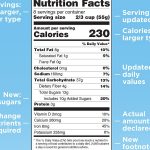
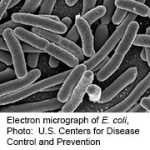

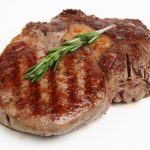



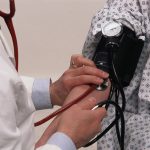










-300x200.jpg)







-300x169.jpg)
